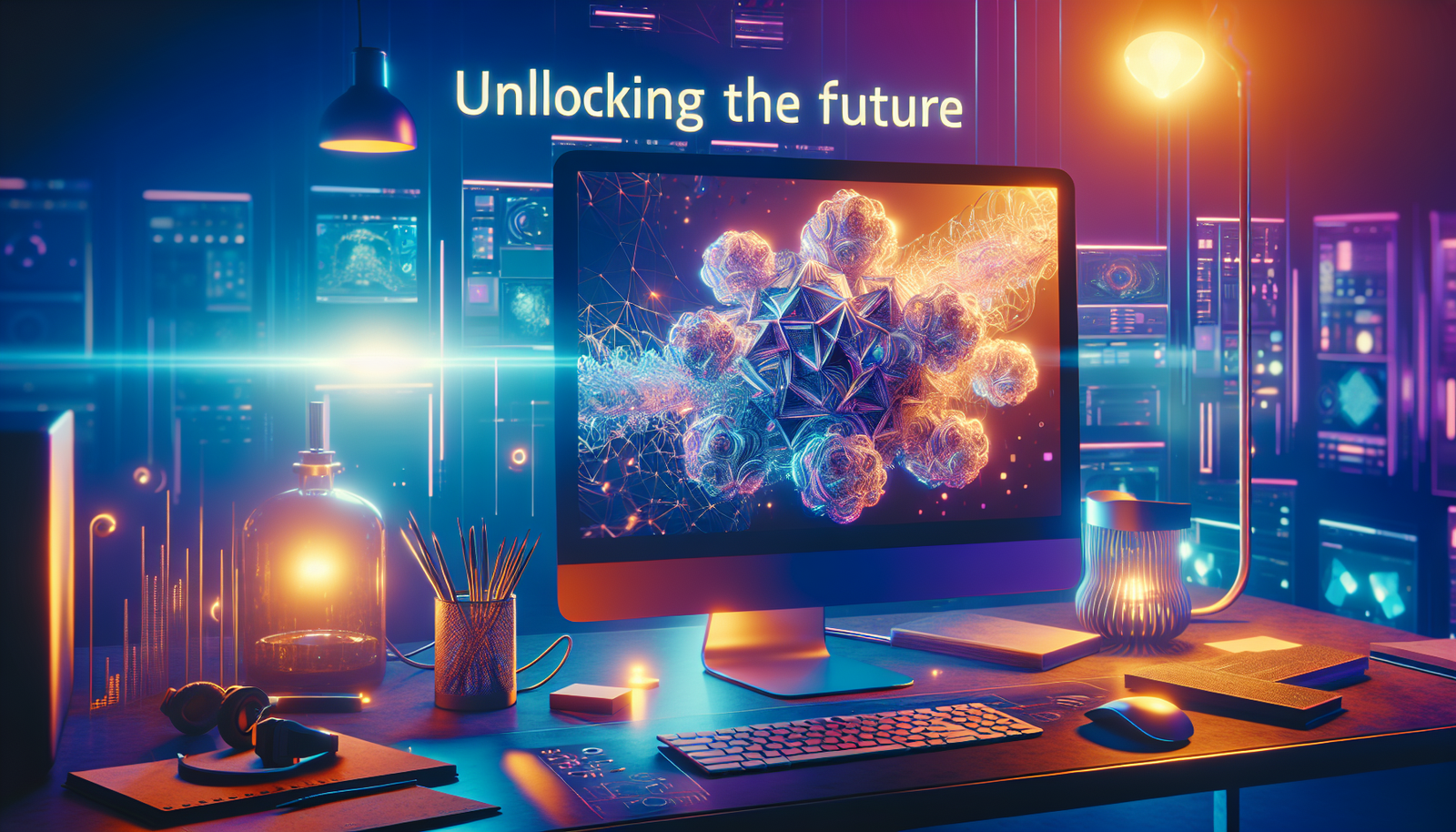Transforming the imagination into visual reality is a major challenge for artists and designers. Designing precise 3D shapes often requires time and high technical skills. The emergence of generative AI promises to revolutionize this process, offering a fast and effective solution. This technology aims to eliminate traditional limits, enabling the creation of unprecedented designs, suited to various fields such as architecture, cinema, and virtual reality. The results now match the artistic works of professionals. The introduction of sophisticated algorithms opens new perspectives, providing creators with powerful tools to express their vision.
The creation of realistic 3D models for areas such as virtual reality and technical design often relies on complex processes. Many architects and designers resort to laborious manual methods, filled with trial and error. This makes the use of generative AI plots all the more significant.
Score Distillation: A Technological Advancement
Researchers from the Massachusetts Institute of Technology (MIT) have developed an innovative technique called Score Distillation, which transcends the usual limitations of image AI models. This method combines the generation of 2D images with the creation of 3D shapes, although its initial results are often blurry or cartoonish.
Decoding Performance
Scientists have examined the dynamics between 2D and 3D image generation algorithms. They uncovered a fundamental relationship affecting the quality of 3D models. This work led to a substantial improvement in the formula used in Score Distillation, facilitating the production of sharper, higher-quality 3D shapes.
The Ways of Generating 3D Shapes
Traditionally, diffusion models such as DALL-E learn by adding noise to images to create realistic visuals. However, these models struggle to generate precise 3D shapes. This results from a lack of available data for adequate training.
Researchers have developed a method called Score Distillation Sampling (SDS) that exploits a pretrained diffusion model. SDS amalgamates 2D images into a 3D representation by optimizing noise biases. However, this approach often produces objects that appear blurry or excessively saturated.
Refining Processes for Better Results
The MIT team has potentially eliminated the blurriness that weighed down the diffusion of 3D images. By replacing a mathematical complexity with an approximation, researchers achieved notable advancements, enabling the generation of more realistic models. This technique relies on inferring the missing term based on the current 3D shape.
In this way, AI models generate objects that appear both sharp and realistic. Greater control over image rendering has also increased resolution, thereby encouraging the production of objects with more refined finishes.
Implications for Design and Engineering
This research opens fascinating prospects for the future of AI-assisted design. Researchers aim to optimize collaboration between humans and machines, providing creators with support as a co-pilot in the design process. The goal remains to make it a tool facilitating highly detailed and impactful 3D shapes.
Models generated by this method now compete with those from more traditional approaches without requiring additional training.
Toward a Promising Future for Generative AI
As the generalization of AI gains traction, renowned players such as Autodesk, Meta, and Intel are also investing in similar projects. These initiatives aim to improve the rendering of 3D shapes, leveraging the capabilities of generative AI. The solutions proposed by this research will also benefit various applications, ranging from video games to engineering.
The path toward ultra-realistic 3D shapes is now paved with promise. Work continues to evolve, guided by a common goal: the synergy between human creativity and algorithmic power.
FAQ on Designing Realistic 3D Shapes with Generative AI
What is the importance of generative AI in creating realistic 3D models?
Generative AI simplifies and accelerates the process of creating 3D models, thus providing more accurate and realistic results with less manual effort.
How does the Score Distillation approach work to create 3D shapes?
Score Distillation uses 2D image generation models to construct 3D representations, ensuring that the generated shapes are sharper and of better quality.
What types of applications benefit from 3D models created by generative AI?
3D models generated by AI are used in various fields such as virtual reality, cinema, engineering design, and video games.
Are the 3D shapes generated by AI always of high quality?
No, quality can vary. However, recent techniques like those developed by MIT significantly improve the resolution and accuracy of 3D models.
What is the difference between AI-generated 2D images and 3D models created by these same systems?
AI-generated 2D images are often more detailed and precise, while 3D models may suffer from blurriness or saturation issues if appropriate techniques are not applied.
How can users interact with AI systems to create 3D models?
Users can provide textual descriptions that guide the AI in creating 3D shapes, making the process accessible even to those without modeling skills.
Can generative AI reduce the time needed to create 3D models?
Yes, generative AI optimizes creation time by automating many steps of the traditional process, allowing models to be made in a fraction of the usual time.
What challenges remain in creating 3D shapes with generative AI?
Key challenges include the need to refine the quality of generated models and to improve the mathematical understanding behind the algorithms used.
What tools are available for designers looking to integrate generative AI into their work?
There are many tools and platforms that leverage generative AI, such as 3D modeling software that integrates AI features to facilitate creation.
How is generative AI changing the approach to traditional 3D design?
Generative AI allows a shift from a manual, trial-and-error process to a more intuitive creation assisted by an algorithm, thus radically changing traditional design methods.






